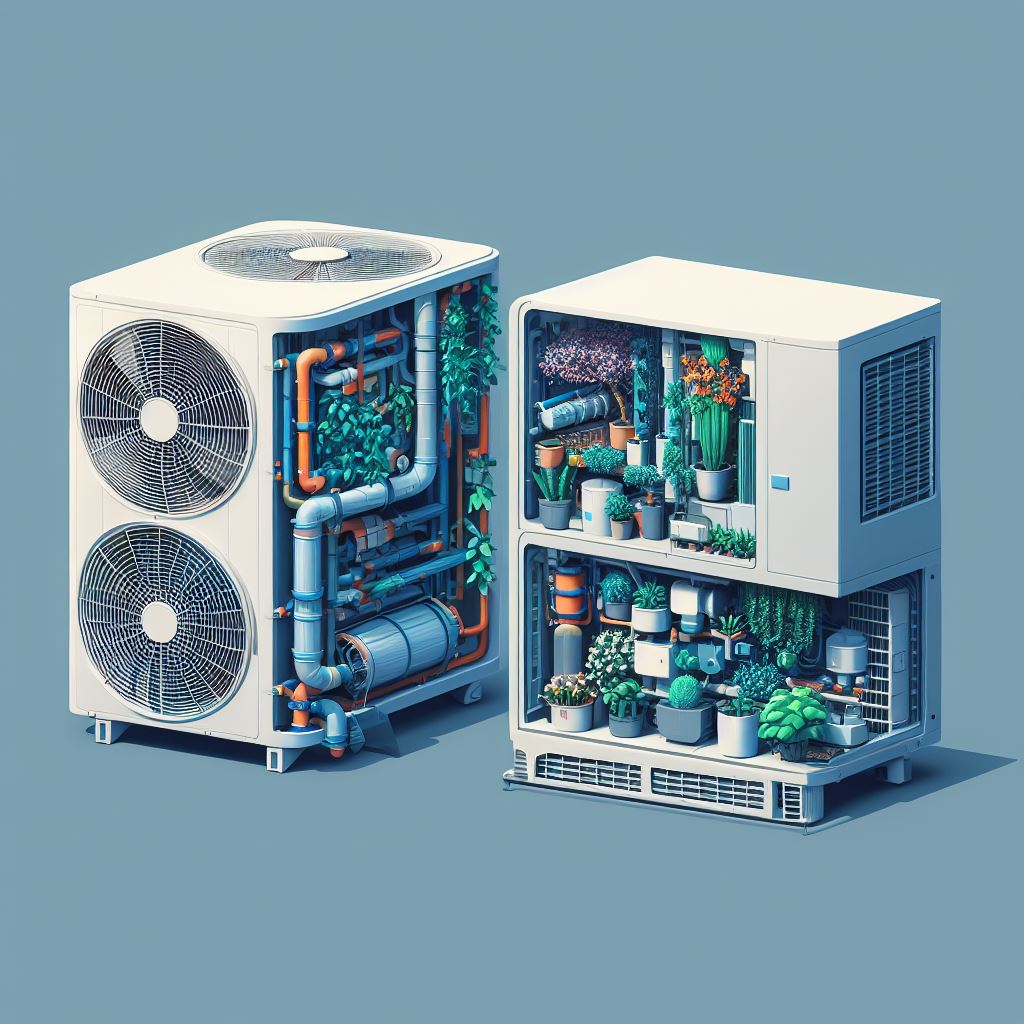The state of California recently suspended more than 400 marijuana business licenses, from organizations running in all sectors of the

When it comes to HVAC design and MEP engineering, selecting the right system is crucial to achieving optimal indoor comfort, energy efficiency, and cost-effectiveness. Two popular options that often come into consideration are Mini-Split Units and Packaged Terminal Air Conditioners (PTAC). Both systems have their advantages and are suitable for various applications. In this blog post, we will explore the key differences between Mini-Split Units and PTAC systems, helping you make an informed choice for your HVAC design needs.
Mini-Split Unit Overview
Mini-Split Units, also known as ductless mini-split systems, are incredibly versatile HVAC solutions. They consist of two main components: an outdoor condenser unit and one or more indoor air-handling units. These units are connected by a refrigerant line, eliminating the need for traditional ductwork.
Advantages of Mini-Split Units
PTAC System Overview
Packaged Terminal Air Conditioners (PTAC) are self-contained heating and cooling units commonly found in hotels, apartments, and commercial spaces. A PTAC unit typically includes both heating and cooling components within a single package.
Advantages of PTAC Systems
Mini-Split Units: Mini-splits require a professional installation that includes mounting the indoor units on the walls and connecting them to the outdoor condenser unit through a small hole in the wall.
PTAC Systems: PTAC units are typically installed through an opening in the exterior wall or a window, making them easier to retrofit into existing buildings.
Mini-Split Units: Mini-splits are known for their unobtrusive, wall-mounted indoor units, which may be more visually appealing to some users.
PTAC Systems: PTAC units are visible in the room and can be considered less aesthetically pleasing.
Mini-Split Units: Mini-splits offer flexibility in zoning, allowing different rooms to be heated or cooled as needed.
PTAC Systems: PTAC units are generally designed for individual room control, which can be advantageous in hotels and similar applications.
Mini-Split Units: Mini-splits are recognized for their quiet operation, with indoor units operating at minimal noise levels.
PTAC Systems: PTAC units may produce more noise due to their location within the room.
Mini-Split Units: Mini-splits can be highly energy-efficient, especially when using heat pump technology for both heating and cooling.
PTAC Systems: PTAC units may be less energy-efficient in comparison, especially when it comes to heating.
The choice between Mini-Split Unit and PTAC systems depends on the specific needs and priorities of your project. If you require individual room control and simplicity, PTAC units might be the better choice. However, if energy efficiency, zoned comfort, and aesthetics are essential, Mini-Split Units could be the way to go.
InnoDez Engineering is well-versed in HVAC design and MEP engineering, and our experts can help you make the right choice for your unique project. Contact us today to discuss your HVAC needs and benefit from our extensive experience in creating efficient, comfortable, and cost-effective indoor environments.
About Author
InnoDez